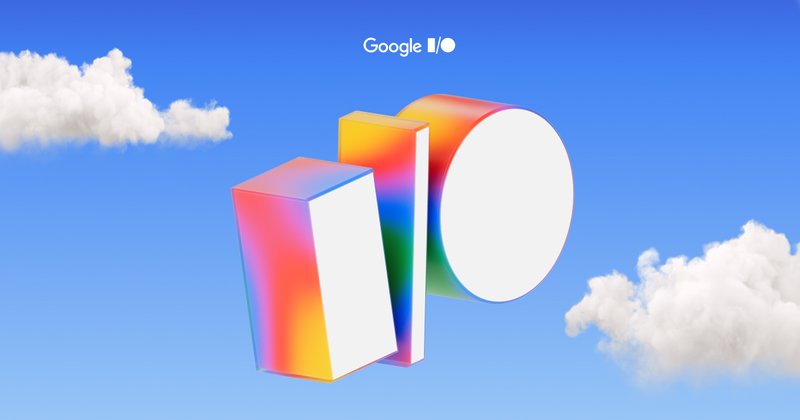Google I/O 2025: Monetization & Play Console Highlights (and the case of the missing Billing Library 8)
TLDR
- Billing Library 8 is coming, not here slated for end of June 2025 GA with v6 deprecation in November; keep your migration plans warm
- Play Console got a purpose‑first facelift – four goal‑based hubs (Test, Monitor, Grow, Monetize) with AI‑powered “Take action” cards
- Multi‑product subscription checkout finally lets users buy a base plan and paid add‑ons in one transaction
- Google is arming you with churn‑reduction levers: benefit showcases, smarter renewal nudges, and up to 60‑day payment grace/hold windows
- Action items: fill in subscription benefits, audit store assets in the new Library, and pencil Billing 8 migration into Q3
Where is Google Play Billing Library 8?
If you also spent keynote day mashing refresh on the Billing docs and wondering why the “last updated” stamp still said 2024‑10‑11 – same. The dev keynote, blog feed, and even the docs remained mum on v8, while I was sitting there with my draft ready to fill out and get my “everything to know about PBL8” blogpost published before the day was over
The good news arrived in the What’s New in Play session: Billing Library 8.0 will be ready to integrate by end of June 2025, with v6 entering deprecation in November. That’s a quick turnaround, so start budgeting engineering cycles now

😱 (I was shocked)
My carefully laid plan in ruin, I threw my draft in the trash (or rather, saved it for a June reappearance), and wrote the thing you’re reading now. Because there is actually some really cool stuff you should probably know about.
Play Console redesign & quality tools
Four goal-oriented hubs
Google re‑organised the Console around Test & Release, Monitor & Improve, Grow Users, and Monetize. Each hub opens with an overview page and AI‑generated “Take action” cards so you can fix a crash, re‑run an A/B test, or launch a price experiment without spelunking through menus
Halt problem releases (even at 100% rollout)

A lifesaver: you can now pause a rollout that’s already fully live, either via UI or API, to stop new installs while you prep a hot‑fix. No more sweating the 2‑hour staged rollout ceiling
Asset Library + deeper store‑listing metrics
Manage screenshots and videos in a central Asset Library, tag them, crop in‑place, and reuse across listings. New open metrics tell you which asset drives installs, letting you iterate visuals like product‑led growth pros
Android Vitals expansions
More stability KPIs, tighter benchmarks, and proactive issue surfacing help small teams catch performance regressions before they chip away at ratings and revenue
Subscription monetization updates
Multi‑product checkout (bundles & add‑ons)

Long rumored, finally arrived: Google Play is introducing the ability for users to purchase a base subscription together with add-on subscriptions in a single transaction. In the example shown by Google, an app offers a base “Premium” plan plus two optional add-ons, all under one single payment schedule. The user sees one combined price (after any free trial) and completes one checkout for the bundle. This streamlines the experience for subscribers – one purchase, one renewal date, one credit card charge – rather than juggling separate subscriptions. For developers, it unlocks an ability to get creative with upsells and bundles, which – previously – would’ve led to complex or messy processes. With the new multi-product checkout you gain more control over how users upgrade, downgrade, or add features to their plan over time, which should help increase average revenue per user
Benefit showcases wherever users might churn

To remind users why your subscription is worth renewing, Google Play will now display subscription benefits more prominently across the user’s journey. You can list out the perks or content included in a subscription, and these will show up in places like the Play Subscription Center, renewal reminder emails, purchase screens, and even cancellation prompts. By surfacing the value prop at key moments, Google says it saw a 2% reduction in voluntary churn (users canceling on their own) in early testing. Make sure to fill in your subscription’s benefits in Play Console so you can take advantage of this feature – it’s essentially free marketing to retain subscribers
Smarter payment recovery
Renewal reminders and payment updates: In addition to showing benefits, Play is tweaking its notifications to reduce churn. Renewal notification emails will now explicitly remind users of what they’re getting from a subscription as an introductory offer ends or a seasonal pass is about to renew. This gentle nudge highlights the value at the moment a user might be on the fence about continuing. Likewise, to prevent involuntary churn from failed payments, Google Play will now prompt subscribers to update their payment method if the primary card is about to decline (for example, an expired credit card). Users are notified to fix their payment info before the renewal date, so they don’t accidentally lose access. These little prompts can save a lot of subscriptions from lapsing due to credit card issues
Play Billing Lab for instant subscription testing

No more waiting 30 minutes for simulated renewals. The new Billing Lab Android app lets you trigger trial conversions, cancellations, and grace‑period events in seconds, a huge time‑saver for CI and QA
Broader Android Dev updates (quick hits)
| 🚀 Feature | Why you should care |
| Android Studio Gemini (AI code & test agent) | Auto‑generate code, write & run Espresso tests, and even suggest dependency upgrades. Your future pair‑programmer |
| Material 3 Expressive components | Simpler adaptive UI for foldables & large screens. Less custom boilerplate, more polish |
| Curated Play Store Spaces & smarter search | App discovery tuned to user interests = higher qualified traffic |
| Play Games on PC expansion | New surface for game devs; cross‑platform billing hooks will matter here |
| Android XR developer preview | Early days, but be ready for subscription add‑ons in immersive worlds |
Your 5‑point checklist for this week
- List subscription benefits in Console and watch your churn metrics
- Audit store assets in the new Library; swap low‑performing screenshots
- Map add‑on opportunities for multi‑product checkout (think premium filters, extra storage, etc.)
- Extend grace period to 60 days if cash‑flow allows admodel the retention lift
- Block out Q3 sprint for Billing Library 8 migration (v6 sunsets November)
We can help
Google is laying fresh rails for recurring revenue; you still need a train that runs on time. RevenueCat handles the heavy lifting of SDKs, webhooks, analytics so you can focus on building features, not billing logic
👉 Need a Billing 8 migration buddy? Talk to us
And see you in June for my (slightly belated) annual Play Billing Library blogpost. The draft is ready to go

